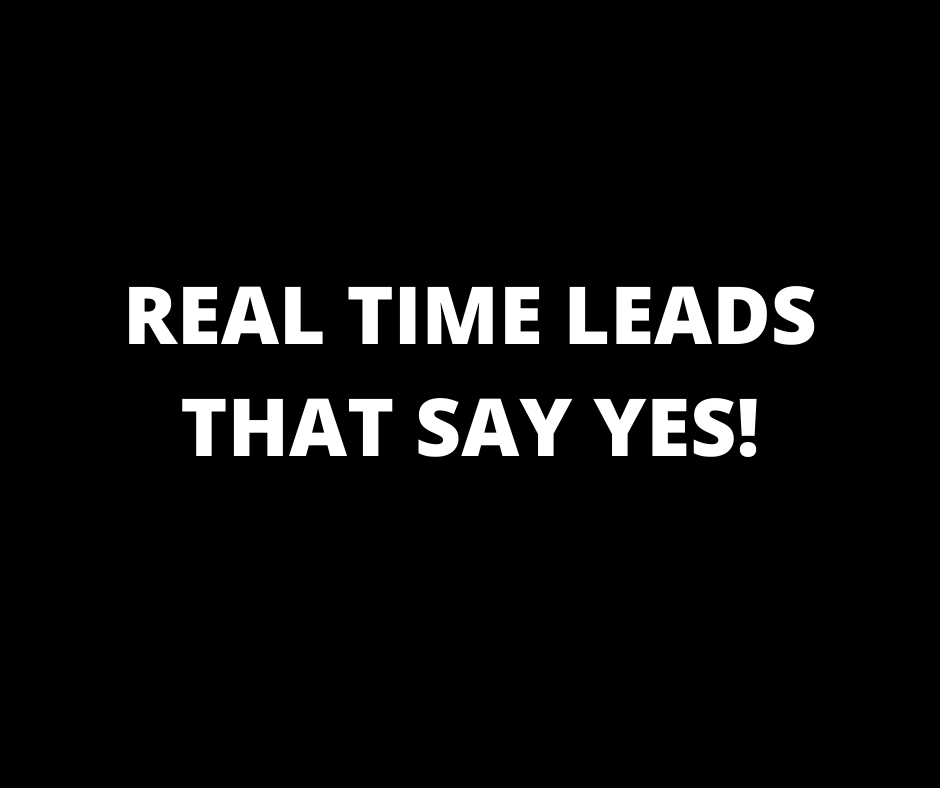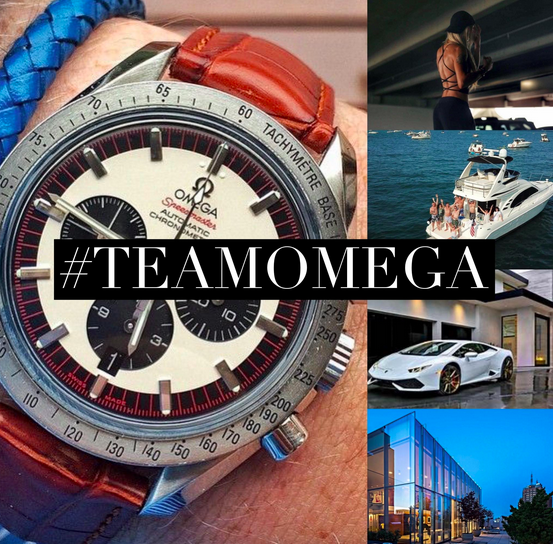Your Gateway to Wine Influence in the Creator Economy.
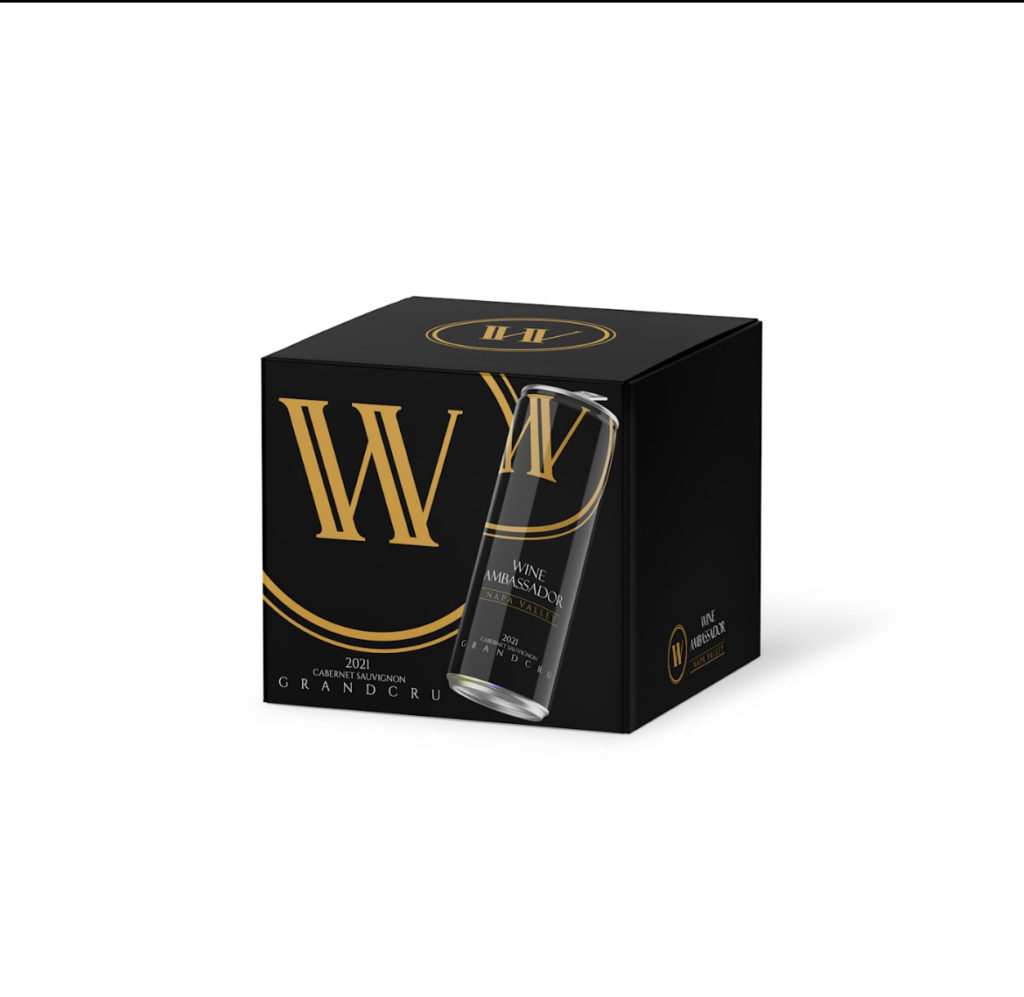
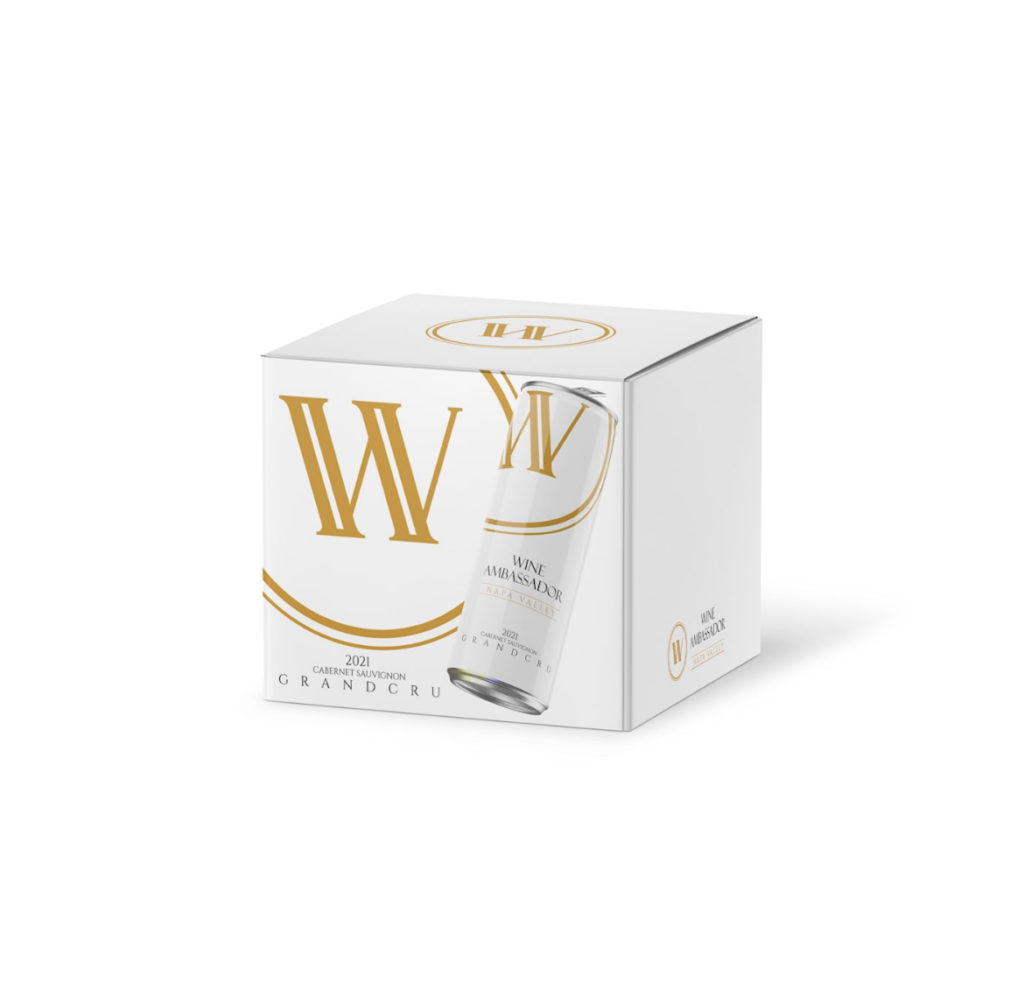
How the $1.4 billion canned wine industry is creating unprecedented opportunities for aspiring wine influencers.
The wine industry is experiencing a seismic shift, and it’s happening one aluminum can at a time.
What was once dismissed as a novelty or budget alternative has evolved into a legitimate, rapidly growing segment that’s reshaping how we think about wine consumption, quality, and accessibility.
For aspiring wine influencers and content creators, this transformation represents more than just a trend.
It’s a golden opportunity to establish yourself in a $300 billion industry that’s actively seeking authentic voices to reach new audiences.
The Numbers Don’t Lie: A Market in Explosive Growth
The statistics surrounding the canned wine industry are nothing short of remarkable.
In 2024, the global canned wine market crossed the $1.4 billion threshold, and industry projections suggest we’re only at the beginning of this growth story.
Analysts are forecasting a compound annual growth rate of 12.8% through 2034, which would position canned wine as one of the fastest-growing segments in the entire beverage industry.
To put this growth into perspective, consider that traditional wine categories are experiencing modest single-digit growth rates, while canned wine is expanding at nearly three times that pace.
This acceleration isn’t happening in a vacuum.
It’s being driven by fundamental shifts in consumer behavior, lifestyle preferences, and quality improvements that are fundamentally altering the wine landscape.
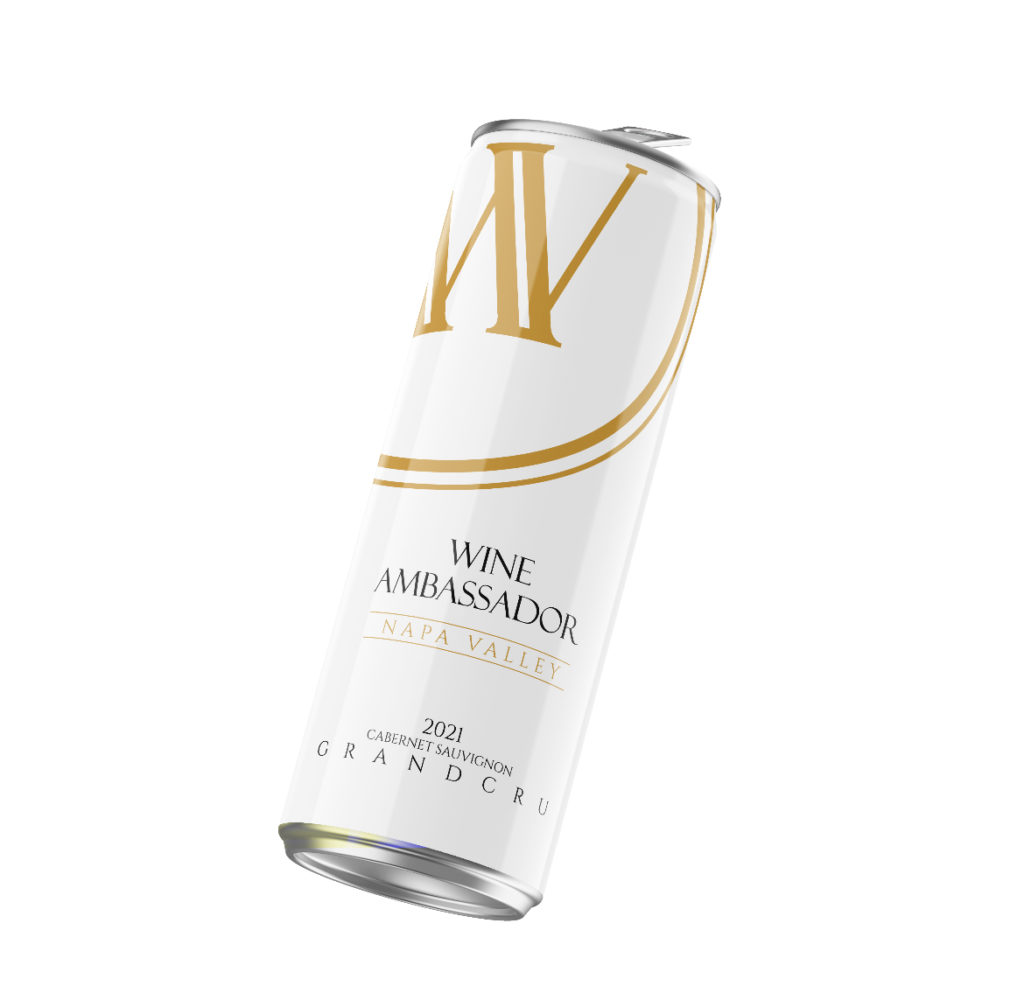
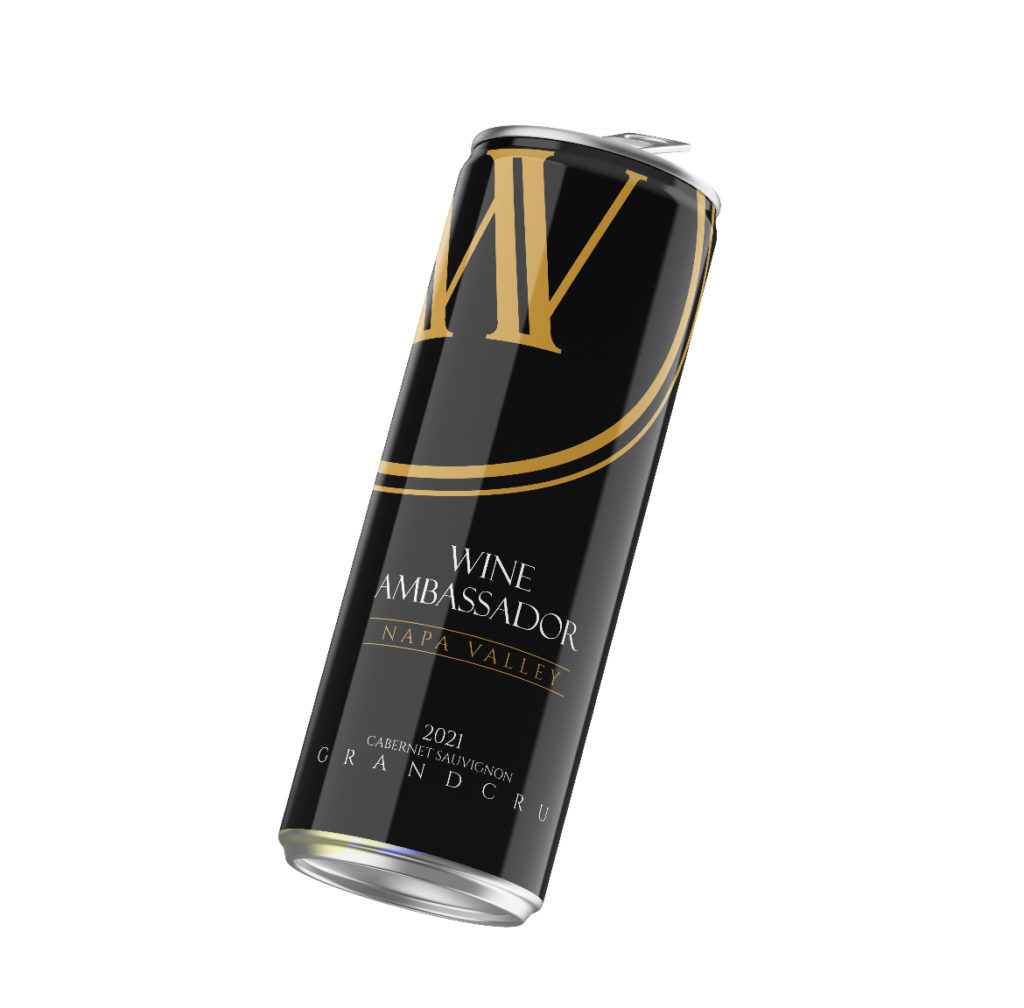
Rich Bouwer, president of Free Flow Wines and a leading voice in alternative wine packaging, has made a bold prediction: canned wines will represent 10% of the total wine market in the coming years.
Given that the global wine market is valued at over $400 billion, even achieving half of Bouwer’s projection would create a market opportunity exceeding $20 billion specifically for canned wine products.
The Demographic Revolution: Understanding the New Wine Consumer
The driving force behind this growth isn’t mysterious, it’s demographic.
The canned wine revolution is being led by consumers under 40, a group that approaches wine consumption with fundamentally different expectations and values than previous generations.
These consumers prioritize convenience, sustainability, and authentic experiences over traditional wine rituals and prestige markers.
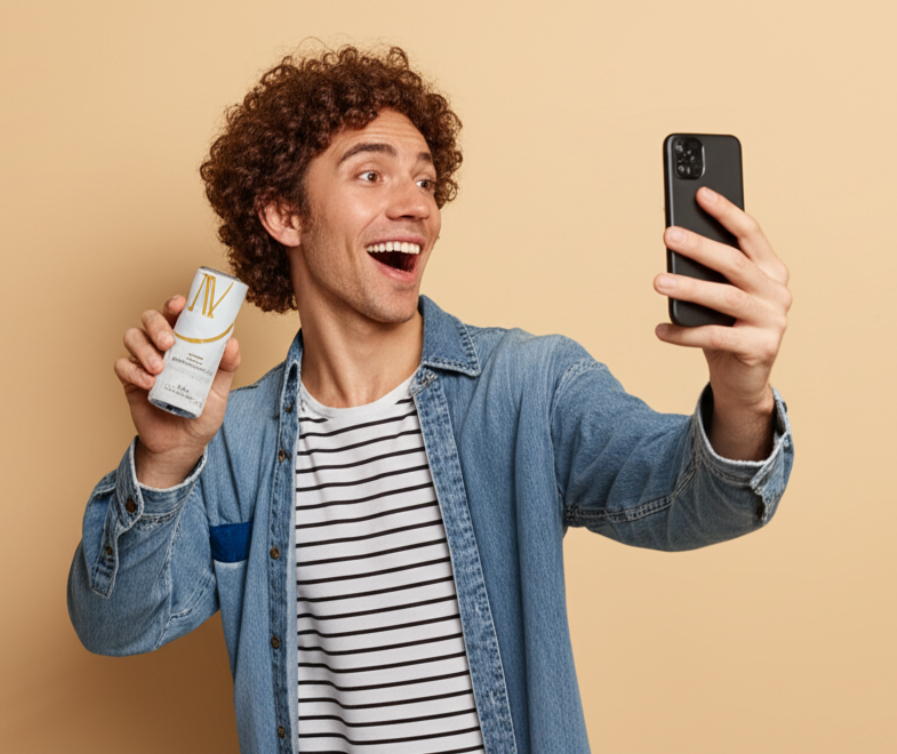
This demographic shift creates a perfect storm of opportunity for wine influencers.
Unlike established wine critics who built their reputations around traditional bottles and formal tasting environments, content creators have the freedom to showcase wine in authentic, lifestyle, integrated contexts that resonate with younger consumers.
Beach days, hiking adventures, backyard barbecues, and casual dinner parties.
These are the settings where canned wine excels, and they’re also the scenarios that generate the most engaging social media content.
The millennial and Gen Z wine consumers driving this market don’t want to be lectured about terroir and vintage charts.
They want to see how wine fits into their actual lives.
They’re looking for convenience without compromise, sustainability without sacrifice, and quality without pretension.
This represents a fundamental departure from traditional wine marketing, creating space for a new generation of wine influencers who can speak authentically to these values.
Industry Validation: From Novelty to Respectability
Perhaps the most significant recent development in the canned wine space has been the industry’s growing recognition of quality canned wines.
Wine Spectator, long considered the gold standard of wine criticism, released their “12 Recommended Canned Wine Releases for 2025” in May, marking a watershed moment for the category.
In their analysis, the publication noted that canned wines are “no longer just a trend” but are “reshaping the wine industry by offering portability, convenience and quality.”
This validation from respected industry institutions provides crucial credibility for wine influencers looking to incorporate canned wines into their content strategy.
No longer do content creators need to apologize for featuring canned wines or position them as guilty pleasures.
Instead, they can confidently discuss these products alongside traditional bottles, focusing on craftsmanship, quality, and appropriate occasions.
The quality improvements driving this recognition have been remarkable.
Early canned wines were often characterized by off-flavors and limited varietal expression, largely due to packaging challenges and the use of lower-quality base wines.
Today’s premium canned wine producers have solved these technical issues, utilizing specialized can linings, optimized filling processes, and high-quality fruit sources to create products that genuinely compete with their bottled counterparts.
Several factors have contributed to this quality revolution.
Advances in packaging technology have eliminated the metallic taste issues that plagued early canned wines.
Improved supply chain management allows producers to maintain the cold chain from grape to consumer, preserving the wine’s intended flavor profile.
Perhaps most importantly, serious winemakers have entered the canned wine space, bringing their expertise and commitment to quality with them.
Strategic Partnerships: The Mainstream Acceptance Indicator
The formation of strategic partnerships between canned wine producers and mainstream dining establishments represents another crucial development in the industry’s evolution.
A notable example is the collaboration between Canadian company Rosewood and Shake Shack Canada, which created co-branded canned wines exclusively available at Shake Shack’s flagship Toronto location on Younge & Dundas Square.
This partnership model demonstrates several important trends.
First, it shows that respected restaurant chains are willing to stake their reputation on canned wine quality.
Second, it illustrates how canned wines can be positioned as premium, exclusive products rather than budget alternatives.
Finally, it reveals the potential for creative collaboration between wine producers and complementary brands.
For wine influencers, these partnerships create multiple content opportunities.
Food and wine pairing content becomes more accessible when wines are available in convenient, portable formats.
Restaurant experiences can be enhanced and documented more easily when wine doesn’t require corkscrews and glass stemware.
The casual, approachable nature of canned wine also aligns perfectly with the authentic, relatable content that performs well on social media platforms.
The partnership trend extends beyond restaurants to include outdoor event venues, music festivals, sporting events, and other locations where traditional wine service would be impractical or prohibited.
This expansion of appropriate venues for wine consumption creates new content opportunities for influencers while demonstrating the versatility of canned wine products.
The Sustainability Story: More Than Marketing
Environmental consciousness plays a significant role in the canned wine narrative, and it’s a story that resonates strongly with younger consumers.
Aluminum cans offer several environmental advantages over traditional glass bottles, including lighter shipping weight, higher recycling rates, and reduced carbon footprint in transportation.
The sustainability angle provides wine influencers with compelling content angles that go beyond simple product promotion.
Educational content about packaging sustainability, carbon footprint comparisons, and recycling initiatives can position influencers as thought leaders while promoting canned wine products.
This approach appeals to environmentally conscious consumers who want their purchasing decisions to align with their values.
However, it’s important for influencers to present the sustainability story accurately and avoid oversimplification.
While aluminum cans do offer certain environmental advantages, the complete lifecycle analysis includes factors like energy-intensive aluminum production and the environmental impact of vineyard practices.
Authentic influencers will acknowledge these complexities while highlighting the genuine environmental benefits of canned wine packaging.
Your Entry Point: The WineAmbassador.com Opportunity
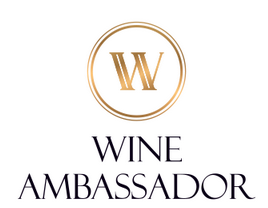
For aspiring wine influencers looking to enter this expanding market, Wine Ambassador offers a structured pathway that combines education, credibility, and income potential.
Founded by Brett Hudson in 2018
David Harmon, is the Chief Wine Officer who also founded Wine.com and was mentored by Robert Mondavi of Napa, California.
Their platform provides partnership opportunities in the $300 billion direct-to-consumer wine industry specifically designed for certified wine influencers.
The Wine Ambassador Wine Influencer Course addresses several key challenges facing new wine influencers.
Credibility is perhaps the most significant barrier.
Consumers are rightfully skeptical of wine recommendations from influencers who lack demonstrated expertise.
The certification process provides educational foundation and industry recognition that can overcome this skepticism.
Network access represents another crucial advantage.
The wine industry remains relationship-driven, and having connections to winemakers, distributors, and other industry professionals can mean the difference between struggling as an outsider and thriving as an insider.
Wine Ambassador’s established relationships provide certified influencers with direct access to these valuable industry connections.
The program also offers experiential learning through monthly winery visits and tastings with winemakers.
This hands-on education provides the depth of knowledge necessary to create authoritative content while generating authentic experiences that translate into engaging social media posts and stories.

Alternative Certification Paths
While Wine Ambassador offers a comprehensive entry point, several other certification programs can provide credibility and education for aspiring wine influencers.
The Wine Correspondent Alliance offers a program that includes comprehensive sommelier education and focuses specifically on building influence and authority in wine communications.
WSET (Wine & Spirit Education Trust) certifications represent the gold standard in wine education globally.
While not specifically designed for influencers, these credentials provide the technical knowledge and industry recognition that can elevate an influencer’s credibility significantly.
The structured curriculum covers viticulture, winemaking, tasting technique, and service, providing a comprehensive foundation for wine content creation.
Regional programs like the Italian Wine Ambassador programs can provide specialized knowledge in specific wine regions.
These certifications can be particularly valuable for influencers who want to focus on particular geographic areas or develop expertise in specific wine styles.
Content Strategy for Canned Wine Influence
Success as a canned wine influencer requires a strategic approach to content creation that acknowledges both the opportunities and challenges of the category.
The key is positioning canned wine as a lifestyle enhancement rather than a compromise, focusing on the scenarios where it excels rather than trying to compete directly with traditional wine experiences.
Lifestyle integration content performs exceptionally well in this space.
Showcasing canned wines in outdoor adventures, travel scenarios, casual entertaining, and spontaneous celebrations demonstrates the practical advantages while creating aspirational content that resonates with target demographics.
The key is authenticity and the content should feel natural and uncontrived, showing real situations where canned wine enhances the experience.
Quality education represents another crucial content pillar.
Many consumers still harbor misconceptions about canned wine quality, creating opportunities for influencers to provide valuable education while showcasing premium products.
Comparative tastings, winemaker interviews, and behind-the-scenes production content can help overcome quality concerns while establishing the influencer’s expertise.
Sustainability messaging should be woven throughout content strategy rather than treated as a separate topic.
Casual mentions of environmental benefits, recycling practices, and carbon footprint considerations can reinforce the sustainability story without feeling preachy or forced.
Food pairing content leverages the casual dining trend and restaurant partnerships that are driving industry growth.
The convenience of canned wine makes it perfect for impromptu food pairings, outdoor cooking, and casual entertaining scenarios that generate engaging content.
Monetization Strategies in the Canned Wine Space
The expanding canned wine market creates multiple monetization opportunities for skilled influencers.
Brand partnerships with canned wine producers represent the most direct path, but the key is building authentic relationships rather than simply accepting any sponsorship opportunity.
Successful influencers in this space focus on products they genuinely enjoy and can recommend confidently to their audiences.
Affiliate marketing through wine clubs and direct-to-consumer sales offers ongoing passive income potential.
Many canned wine producers are actively seeking influencer partners for their direct sales channels, offering commission structures that can provide substantial income for influencers with engaged audiences.
Sponsored content opportunities extend beyond wine producers to include restaurants, venues, outdoor gear companies, and lifestyle brands that align with canned wine consumption occasions.
The key is maintaining authenticity while identifying natural partnership opportunities that provide value to the audience.
Educational content creation represents a longer-term monetization strategy.
Developing wine education courses, hosting virtual tastings, and creating premium content for subscribers can provide recurring revenue streams while establishing the influencer as an authority in the space.
Event hosting, both virtual and in-person, offers high-value monetization opportunities.
Wine tastings, food and wine pairing events, and educational seminars can command premium pricing while providing valuable experiences for participants.
Overcoming Challenges and Skepticism
Despite the industry’s growth and increasing acceptance, canned wine influencers still face certain challenges that require strategic approaches.
Traditional wine snobbishness remains a factor, with some consumers and industry professionals maintaining prejudices against alternative packaging formats.
The key to overcoming this skepticism is education and demonstration rather than confrontation.
Successful influencers focus on showcasing quality products in appropriate contexts rather than trying to convince skeptics that canned wine is superior to bottled wine in all situations.
The goal should be expanding the definition of when and where wine can be enjoyed rather than replacing traditional wine experiences entirely.
Credibility building requires consistent effort and authentic expertise development.
Influencers who treat canned wine as a shortcut to wine influence typically struggle, while those who invest in genuine education and experience development tend to succeed.
The most successful canned wine influencers are those who understand wine broadly and can position canned options within the larger context of wine appreciation.
Quality consistency remains a concern in the canned wine space, with significant variation between producers and products.
Successful influencers develop discerning palates and focus on promoting products that meet high standards rather than endorsing the category indiscriminately.
The Road Ahead: Future Opportunities and Trends
Looking forward, several trends suggest continued expansion and evolution in the canned wine space.
Premium positioning is likely to continue, with more high-end producers entering the market and pushing quality boundaries.
This trend creates opportunities for influencers to focus on luxury canned wine experiences and education.
International expansion represents another significant opportunity.
While North America currently dominates the canned wine market, European and Asian markets are showing increasing interest.
Influencers who develop expertise in international canned wine products could position themselves for global opportunities.
Technology integration may play an increasing role, with QR codes, augmented reality experiences, and direct-to-consumer apps becoming more common on canned wine packaging.
Tech-savvy influencers who can incorporate these elements into their content strategy may gain competitive advantages.
Sustainability innovation will likely continue driving industry development, with new packaging technologies, carbon-neutral production methods, and circular economy initiatives creating content opportunities for environmentally focused influencers.
Conclusion: Seizing the Moment
The canned wine revolution represents a unique convergence of market growth, demographic shift, quality improvement, and industry acceptance that creates unprecedented opportunities for aspiring wine influencers.
The $1.4 billion market is expanding rapidly, driven by consumers who value convenience, sustainability, and authentic experiences over traditional wine rituals.
For content creators willing to invest in education, build authentic expertise, and create engaging lifestyle content, the canned wine space offers a pathway to meaningful influence and substantial income in the wine industry.
The key is approaching the opportunity with seriousness and strategy rather than treating it as a casual side project.
Whether through Wine Ambassador’s structured program or alternative certification paths, the time to enter this space is now.
The market is large enough to support multiple successful influencers, but early movers who establish credibility and audience relationships will have significant advantages as competition increases.
The canned wine revolution isn’t just changing how we consume wine.
It’s creating entirely new opportunities for wine influence and entrepreneurship.
The question isn’t whether this trend will continue, but whether you’ll be positioned to benefit from it.
Ready to become a certified wine influencer?
Explore the opportunities at Wine Ambassador and discover how you can turn your passion for wine into a thriving creator economy business in one of the industry’s fastest-growing segments.
.
.
#CannedWine #CannedWineRevolution #WineInfluencer #CreatorEconomy #WineAmbassador #ModernWine #SustainableWine #WineLifestyle #MillennialWine #WineEducation #DirectToConsumerWine #AlternativePackaging #WineContent #PremiumCannedWine #WineEntrepreneur #InfluencerOpportunity #CertifiedWineInfluencer #CannedWineOpportunity



